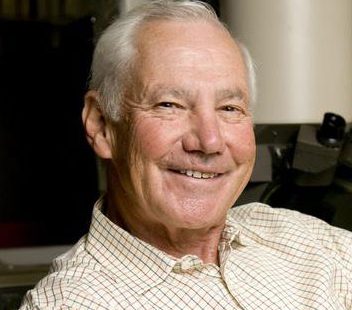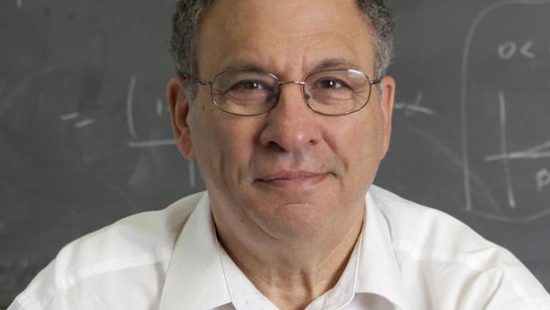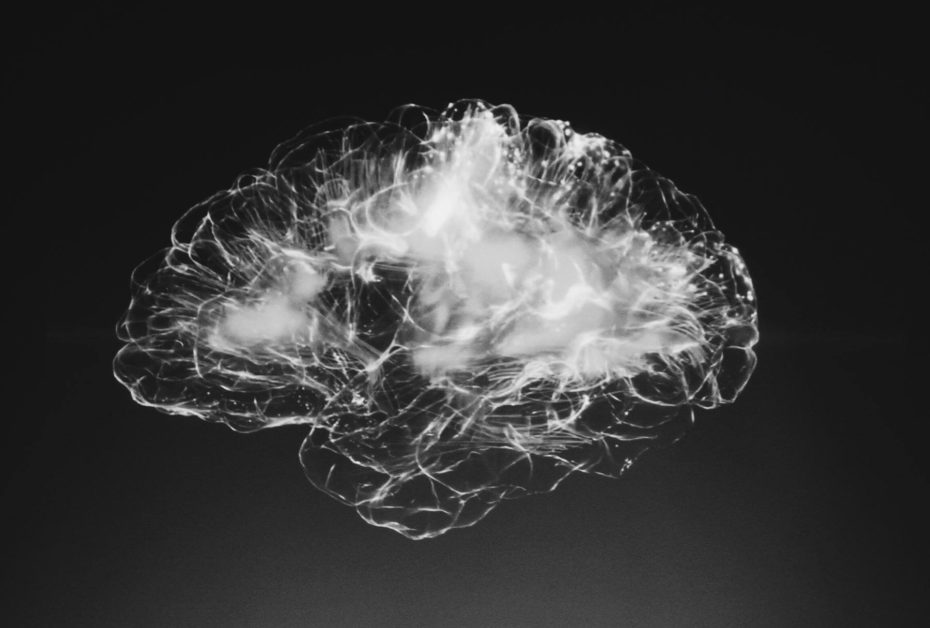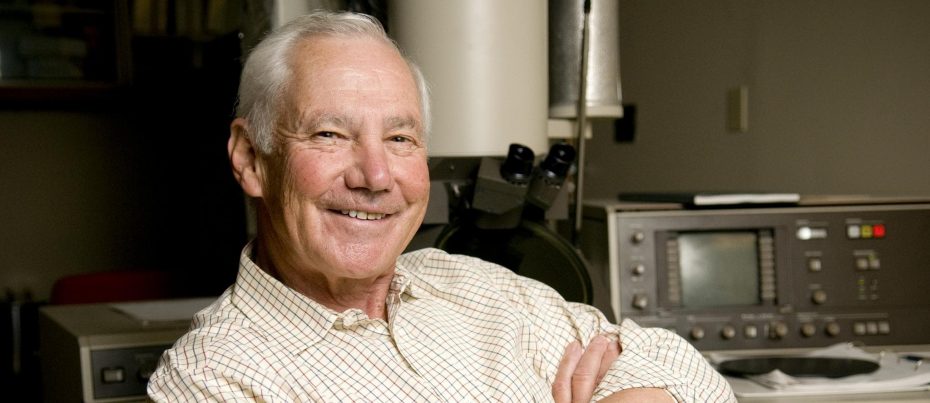With the encouragement of his father, Har Gobind Khorana pursued his education from a poor rural village in British India to finding himself in a research fellowship at Cambridge University in the early 1950s. It was there, when James Watson and Francis Crick discovered the double-helix structure of DNA, Khorana became inspired to expand upon their work.
Then, while working at the University of Wisconsin–Madison in the 1960s, Khorana became one of three scientists credited with helping decipher the genetic code. Using chemical synthesis, Khorana mapped out the 64 combinations of the four chemical bases of RNA that are used when RNA copies the genetic information in DNA. These combinations are used to form amino acids. These amino acids are then used to construct proteins, which carry out the cell’s functions.
In 1970, he joined the faculty of the Massachusetts Institute of Technology, where he continued to make major contributions to science. He led a research team that made the first artificial gene. A few years later, the team produced the first man-made gene capable of functioning normally in a bacterial cell. His research at MIT opened the door for the field of genetic engineering.
By Jacob Kerr







